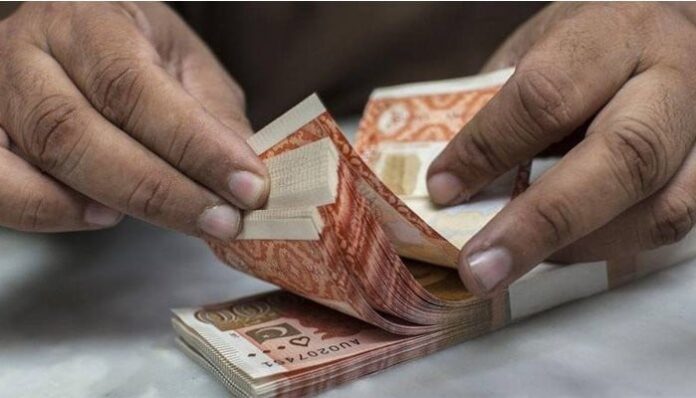
Shukria Ismail
The NFC Award, distinct from prestigious accolades like the Nobel Prize, specifically denotes the National Finance Commission Award—a financial distribution framework in Pakistan.
Constitutionally structured, it endeavors to equitably allocate financial resources between the federal government and provinces, addressing the nation’s socio-economic needs. Implemented through mathematical formulations, the award fosters collaboration between the federal and provincial governments.
Pakistan, being a federation, encompasses four federating units: Sindh, Punjab, Khyber-Pakhtunkhwa (KP), and Balochistan, along with other territories like Gilgit-Baltistan and Azad Jammu and Kashmir. The NFC Award’s objective is twofold: vertical distribution between the federal government and provinces and horizontal distribution among the provinces themselves. Revenue collection by the government, sourced from public taxes such as income and sales taxes, undergoes distribution as per the stipulated formula.
Also Read: Boycott Announced by Utmanzai Jirga Halts Polio Campaign in North Waziristan
Article 160 of the Constitution mandates the constitution of an NFC every five years by the President. Key stakeholders include the Federal Finance Minister (chairperson) and Provincial Finance Ministers. The primary goal is resource allocation among the center, provinces, and inter-provincial distribution.
The NFC award has a historical foundation predating Pakistan’s creation, initiated with the Government of India Act, of 1935, introducing provincial autonomy in colonial India. The first award, the Niemeyer Award, was announced in 1936. Post-partition, “The Raisman Program” or Raisman Award, an economic reform initiative, laid the groundwork for tax revenue distribution. It later evolved into the National Finance Commission.
To date, seven NFC Awards have been conferred, with the inaugural one presented during Zulfiqar Ali Bhutto’s tenure in 1974. The distribution formula involves vertical and horizontal components, assigning 42.5% to the federal government and 57.5% to provincial governments in vertical distribution.
In horizontal distribution, the allocation is population-dependent, favoring provinces with higher populations, notably benefiting Punjab with its 82% share in every NFC Award. Conversely, KP and Balochistan, with lower populations, receive proportionally smaller shares.
After the merger of Federally Administered Tribal Areas with KP in 2018, an increase in population and districts ensued. However, the unaltered distribution formula led to demands from the KP government for an augmented share, considering the changed demographic landscape and increased administrative divisions.







